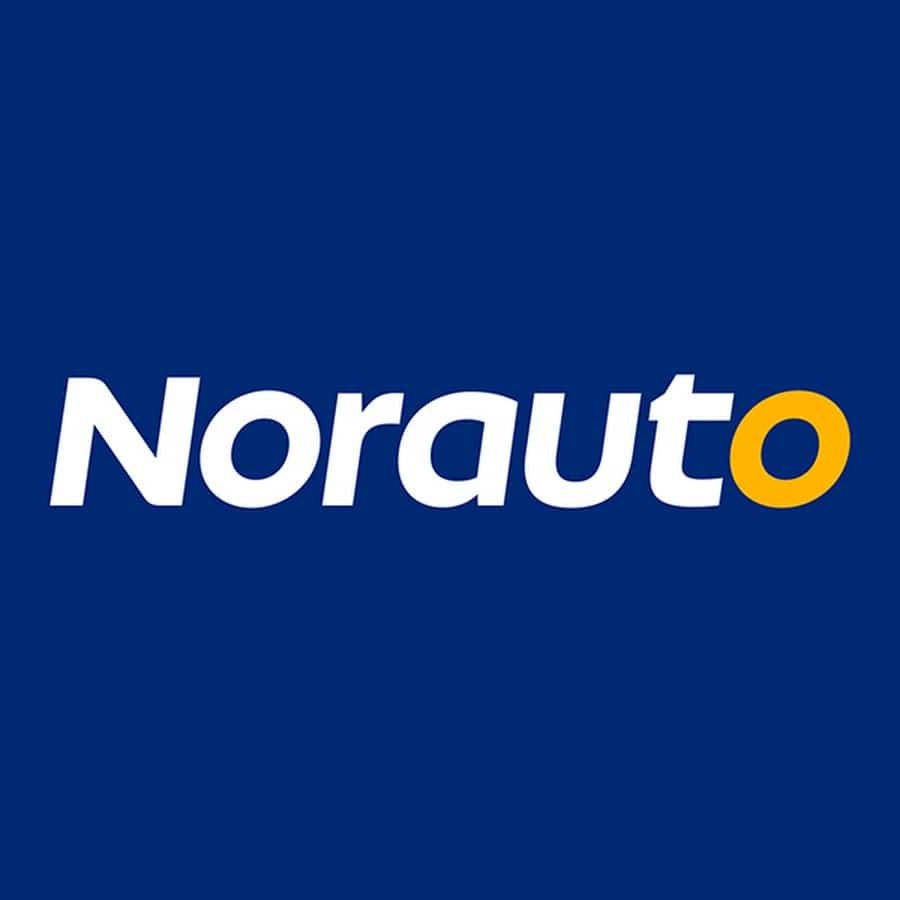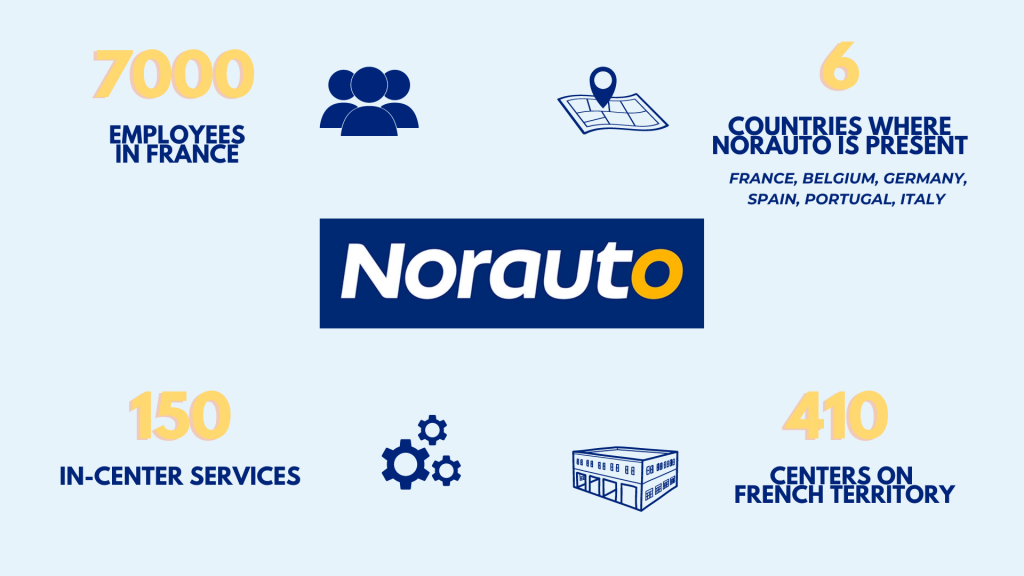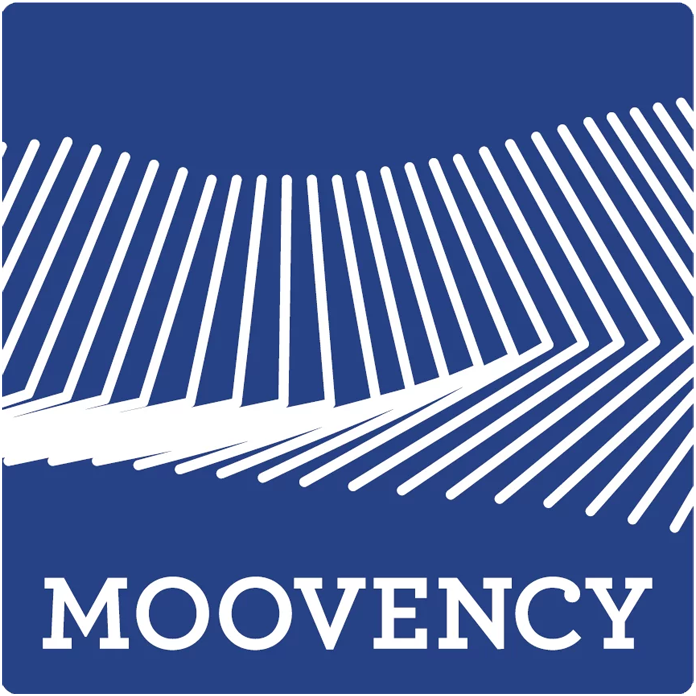How KIMEA helped Norauto improve workshop prevention
NORAUTO, people at the heart of the business
Norauto, the leader in car care and equipment, has been supporting motorists in France and abroad for over 54 years. As part of the Mobivia Group, Norauto provides its customers with maintenance, comfort and safety solutions for all their needs: equipment, maintenance and repair, new mobility.
The quality of life at work and the health and safety of its employees are major challenges for Norauto.

With this in mind, the HSCT (Health, Safety and Working Conditions) department deploys training, prevention and fitting-out initiatives to reduce the risks to which operators are exposed in automotive centers and improve working conditions. These initiatives are implemented by a team of in-house prevention specialists, with the support of Mission Handi’Santé Norauto, which provides special assistance to disabled workers. The team is constantly on the lookout for solutions to promote the inclusion and retention of employees with health problems. In this context, external service providers may also be called in, such as occupational health services or ergonomic consultants.
Let’s meet one of them, Justin DELBARE. With a background in the medical-social sector, he turned to the profession of ergonomist in 2020. Currently in his final year of training, he has been working with the HSCT department and the Handi’Santé Mission at NORAUTO FRANCE head office for over a year.
Let’s find out how he works on a daily basis to improve employees’ working conditions and prevent risky situations !
Norauto in figures
Norauto is committed to inclusion and job retention: 70% of its centers employ one or more disabled workers.

Meeting real-life needs: a performance challenge
The automotive sector is undergoing a major transformation, especially for Norauto. The French car fleet is being renewed, particularly with the increasing electrification of vehicles. Norauto is eager to respond to the mobility of tomorrow, and must adapt to the market while navigating in an increasingly competitive environment. There are therefore real challenges around production, with seasonal peaks (winter and summer) that are decisive for Norauto, particularly in the tire sector.
To face up to these challenges, it is essential to think in terms of work organization, taking into account the reality on the ground and removing the constraints that weigh on employees on a daily basis. In a sector already known for its occupational hazards, the challenge is to observe, analyze and understand work as it is actually carried out on the shop floor. For Norauto’s HSCT department, it’s important to be able to identify risky situations and prevent the onset of accidents or pathologies…
Justin DELBARE, an ergonomist in training at NORAUTO, focused his studies on pneumatic services. This activity occupies a central place in the production stakes, while exposing operators to heavy constraints, with various risks identified by the INRS for operators :
Load handling
Exposure to noise and vibration
Musculoskeletal disorders (MSD)
Awkward postures
“A mechanic who comes to work under a vehicle with his arms outstretched for an indefinite period of time can be a source of fatigue, wear and tear and encourage the onset of RSI…”
Justin DELBARE
Ergonomist at NORAUTO
To optimize the prevention actions carried out on the pneumatic workstation, Justin sought tools capable of supplying his analysis with quantifiable and precise data on actual work. Having become aware of the Kimea tools during his ergonomist training, he contacted Moovency last year.
His goal : to obtain an objective and quantified assessment of constraints at the workstation, in order to better steer the prevention strategy and tailor interventions to the reality of the field.
Implementing KIMEA solutions for ergonomists
Optimized analysis of physical constraints
For Justin, now equipped with KIMEA tools, the analysis of workstations and physical constraints on operators is proving to be a simplified and profitable task.
Added value : ease of use and data reliability.
Equipped with Kimea App, it can move from workshop to workshop, filming operators with their consent, without hindering their activity. Whatever the configuration, equipment or composition of the teams in the center, the assessment of postures and angulations in the field is quick and simple. Another advantage for him: the Kimea solution follows the methodology learned in ergonomics training.
What’s more, thanks to Kimea Cloud – the secure data analysis platform – he obtains quantified data on biomechanical risks very quickly. This objective data then enables him to communicate effectively with his colleagues in the HSCT department and Mission Handi’Santé, as well as with managers, supervisors and operators at the center.
Collectively, they can then identify the most physically demanding tasks and structure a prevention strategy that prioritizes certain actions.
The aim is to reduce workstation stress and improve working conditions.
From risk analysis to a more comprehensive prevention project :
The time saved on analysis now enables him to broaden his field of action.
After focusing his initial project on risk analysis at the workstation, the ergonomist is now working with NORAUTO’s teams on a design project. The challenge for the company is to take the analyses carried out and integrate them into the strategic thinking that will enable it to adapt to new market trends. The aim is to restructure both tools and work organization in order to optimize performance and effectively and sustainably reduce the physical constraints of the most exposed operators.
“During the task, the assemblers must place wedges under the vehicles before safely activating the lift, which can be very demanding in terms of posture. This may not be objectively assessed, but thanks to KIMEA, we obtained quantifiable data.”
Justin DELBARE
Ergonomist at NORAUTO
What were the benefits ?
Fully satisfied with the tools, Justin DELBARE sees several positive points.
In terms of results, KIMEA has enabled us to highlight that certain actions carried out by employees on the tire service were more demanding than others.
He underlines the importance of the figures provided by KIMEA; in fact, at an overall level, the ergonomic scores obtained after workstation analysis are a priori moderate. However, KIMEA’s automated calculation of the risks associated with each joint and each task reveals that certain stages of the service are more critical than others.
Justin also values the time he saves on his projects thanks to KIMEA tools. The efficiency of the quantitative measurements carried out with the solution enables him to investigate other parameters of work situations, in particular the qualitative aspect.
The time saved on posture evaluation is reinvested in field observations, interviews at the workstation, or the completion of questionnaires, all of which enrich the ergonomic analysis of the work.
What does the future hold for KIMEA within NORAUTO ?
In the near future, the ergonomist would like to use all this factual data for a design project with his teams, as he mentions in the video extract.
But the ergonomist’s aspirations also go further.
Justin DELBARE would like to use the KIMEA tools for more educational purposes, to raise employee awareness as part of a preventive approach, perhaps with the KIMEA LITE solution. He sees awareness-raising as one of the strengths of the solution, and is considering this for the future.
The ergonomist also mentions his desire to push forward the use of tools to adapt the workstations of disabled employees, and to objectivize the analysis of “before/after” adaptation situations.
“We’re delighted with the use of KIMEA, it’s a very interesting tool in our approach to risk prevention within the HSCT department.”
Justin DELBARE
Ergonomist at NORAUTO
CONCLUSION
For Justin DELBARE, the introduction of KIMEA tools at NORAUTO FRANCE represented a significant step towards accessing and transferring easily quantifiable data on real work, all while being non-invasive for operators.
As part of an ergonomic work analysis, the solution offers a deeper comprehension of operational realities and serves as a pathway to enhancing and improving work conditions at Norauto centers.
